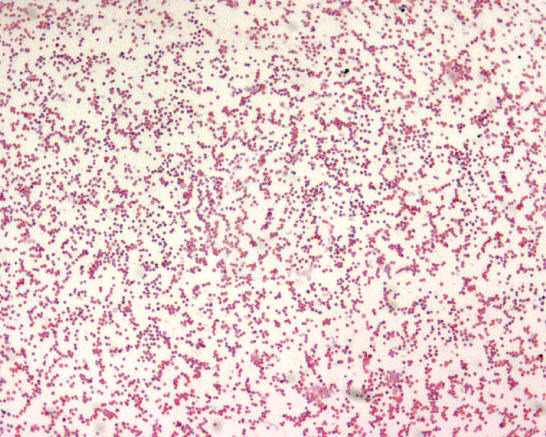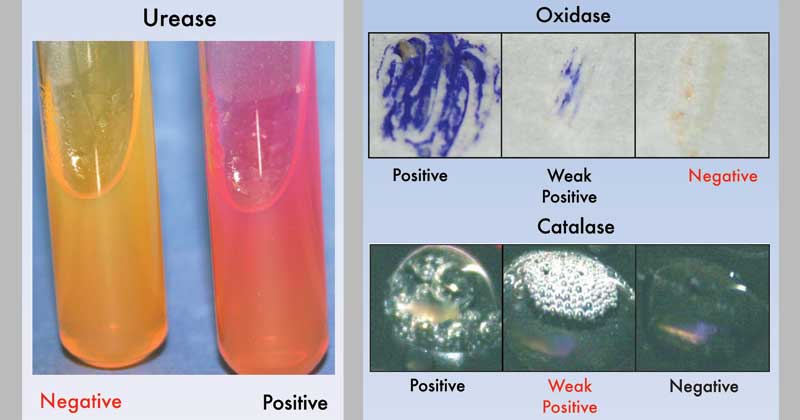Francisella Tularensis Shape

As low as 10 colony forming unit cfu of f.
Francisella tularensis shape. It is nonspore forming nonmotile and the causative agent of tularemia the pneumonic form of which is often lethal without treatment it is a fastidious facultative intracellular bacterium which requires cysteine for growth. Tularemia is caused by the bacterium francisella tularensis. Tularensis is considered to be a serious potential bioterrorist threat because it is one of the most infectious pathogenic bacteria known inhalation of as few as 10 organisms can cause disease and it has substantial capacity to cause serious illness and death. Tularemia can also infect birds sheep and domestic animals such as dogs cats and hamsters.
The pneumonic form of the disease occurs rarely but is the likely form of. Cysteine heart agar cha. Greenish blue colonies 2 4 mm 48h. Tularensis is enough to cause fatal infection in mice guinea pigs or rabbits and a similarly small dose is enough to induce a severe or sometimes fatal infection in humans.
As few as ten bacteria usually from an animal or insect bite are. In humans it causes a zoonotic infection called tularemia also called rabbit fever. Francisella tularensis is a gram negative bacteria gram negative bacteria contain an outer membrane outside the peptidoglycan cell wall unlike gram positive bacteria that have a thicker layer of cell wall and no outer membrane. Tiny grey white opaque colonies 1 2 mm 48hr.
Francisella tularensis is a highly infectious agent but its virulence factors have not been well characterized. It is nonmotile aerobic and non spore forming bacteria. They are capsuled catalase ve faintly stained gram negative bacteria etc. Francisella tularensis is a pathogenic species of gram negative coccobacillus an aerobic bacterium.
Summary francisella tularensis is the etiological agent of tularemia a serious and occasionally fatal disease of humans and animals. Francisella tularensis colony morphology aerobic fastidious requires cysteine for growth grows poorly on blood agar ba chocolate agar ca. The bacterium francisella tularensis can infect more than 200 kinds of animals including humans dogs cats fish and rodents. Due to its low infectious dose ease of spread by aerosol and high.
Also known as rabbit fever or deer fly fever it typically attacks the skin eyes lymph nodes and lungs. Francisella tularensis is a gram negative coccobacillus which means that shape wise it s somewhere between a spherical coccus and a rod like bacillus. Biochemical test of francisella tularensis subsp. Francisella tularensis tularemia fact sheet as pdf introduction.
Colonies are butyrous and smooth gram stain.


















